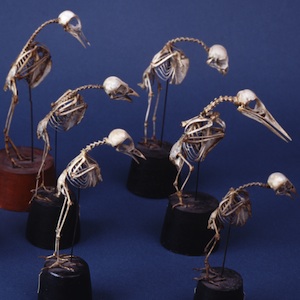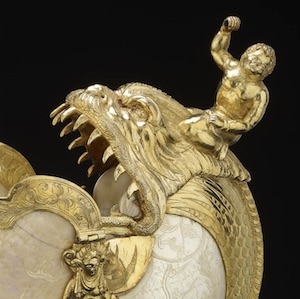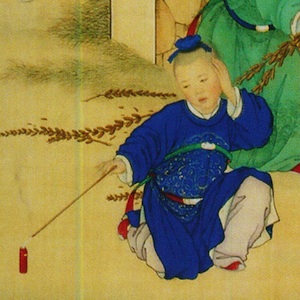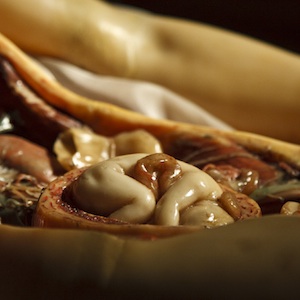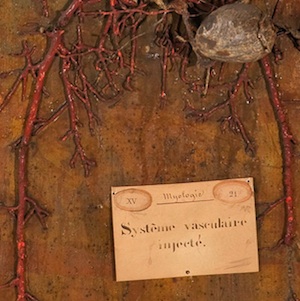Valérie Kobi Natural history and medicine encountered, early in their histories, an interesting paradox: although sciences of the living, they nonetheless relied on the study of inanimate specimens. The proper conservation of anatomical remains, both human and animal, posed an ongoing problem for centuries, meaning that artificial substitutes were often…
Staging Life: Natural History Tableaux in Eighteenth-Century Europe
